I am trying o preform OCR on the following image, and as you may notice many of the letters are not complete. They are missing parts which is causing some bad results from Tesseract.

I have tried to erode the image using the following code but it seems to not be doing much:
Mat eroded;
double element_size = 25;
RNG rng(12345);
Mat element = getStructuringElement( cv::MORPH_ELLIPSE,cv::Size( 2*element_size + 1, 2*element_size+1 ),cv::Point( element_size, element_size ) );
erode(src, eroded, element);
Does anyone know how I can sharpen this text so the letters become consistent?